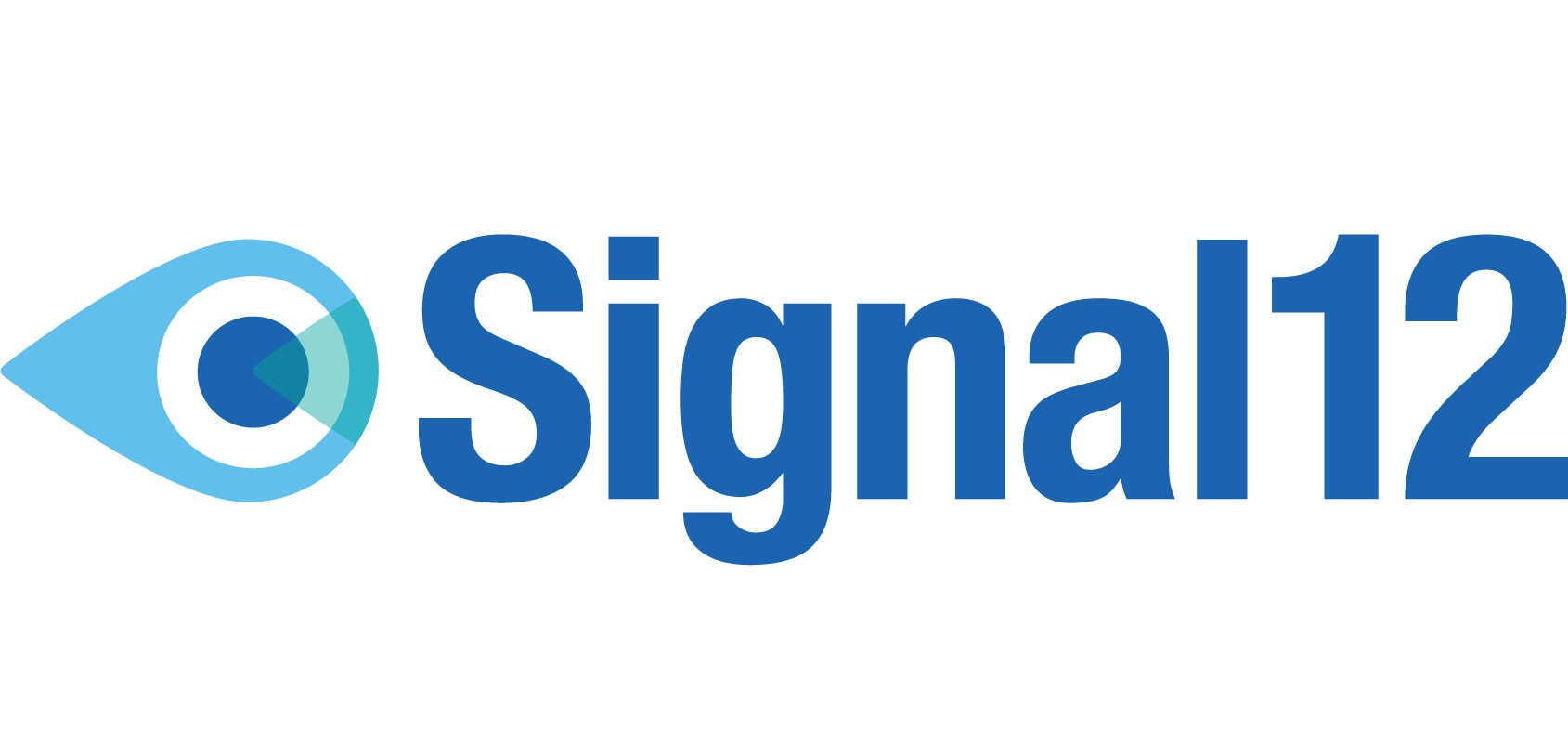Diagnostic Challenges in Ocular Graft-Versus-Host Disease: Current Tools and Future Directions
Ocular graft-versus-host disease (oGVHD) is a frequent and debilitating complication of allogeneic hematopoietic stem cell transplantation (allo-HSCT), affecting up to 60% of recipients. Accurate diagnosis is critical to initiate timely treatment and prevent irreversible ocular damage, yet the condition’s heterogeneity and overlap with other ocular surface diseases pose significant challenges. Current diagnostic tools, rooted in the 2014 NIH Consensus Conference criteria, rely heavily on clinical signs and subjective measures, but their limitations are increasingly evident. This post explores these diagnostic hurdles, evaluates existing methodologies, and highlights emerging technologies poised to revolutionize oGVHD detection.
The Current Diagnostic Landscape
The NIH criteria define oGVHD by a Schirmer’s test score of ≤5 mm/5 min without anesthesia or new-onset keratoconjunctivitis sicca (KCS) with a score of 6-10 mm, confirmed by slit-lamp findings like conjunctival hyperemia or corneal staining. The International Chronic oGVHD Consensus Group (ICCGVHD) refines this with severity scoring, incorporating the Ocular Surface Disease Index (OSDI) for patient-reported symptoms. These tools, while standardized, suffer from poor specificity and sensitivity. A 2022 study in Ophthalmology reported false-positive rates of 19.4% and false-negative rates of 36.4% for Schirmer’s testing in early oGVHD, reflecting its inability to distinguish immune-mediated damage from post-transplant dryness unrelated to GVHD.
Slit-lamp examination, though valuable, depends on clinician expertise and often misses subtle changes. Conjunctival scarring or pseudomembrane formation—hallmarks of severe oGVHD—may not appear until late stages, delaying intervention. Moreover, systemic GVHD symptoms often overshadow ocular complaints, leading to underdiagnosis. Approximately 30% of chronic GVHD patients lack ocular evaluation within the first year post-HSCT, per a 2023 Bone Marrow Transplantation analysis.
Emerging Diagnostic Technologies
Advancements in ocular imaging and molecular analysis offer hope. In vivo confocal microscopy (IVCM) visualizes corneal nerve loss and inflammatory cell infiltration at a cellular level, detecting changes before clinical symptoms escalate. A 2024 study from Johns Hopkins University found IVCM identified subepithelial fibrosis in 85% of oGVHD patients with normal Schirmer’s scores. Meibography, assessing meibomian gland atrophy, complements this by quantifying lipid layer disruption, a key contributor to evaporative dry eye in oGVHD.
Tear film analysis is another frontier. Elevated levels of pro-inflammatory cytokines like interleukin-6 (IL-6) and matrix metalloproteinase-9 (MMP-9) in tears correlate with oGVHD severity. Point-of-care devices, such as the InflammaDry test, detect MMP-9 in minutes, offering a rapid adjunct to clinical exams. A 2025 Journal of Clinical Investigation paper validated tear proteomics, identifying unique protein signatures (e.g., lactoferrin reduction) in oGVHD versus other dry eye etiologies.
Future Directions
Standardizing these tools into a diagnostic algorithm remains a priority. Combining IVCM with tear biomarker panels could achieve a sensitivity >90%, surpassing current methods. Artificial intelligence (AI) models, trained on slit-lamp and meibography images, are also emerging, with a 2025 pilot study achieving 87% accuracy in differentiating oGVHD from Sjögren’s syndrome. Longitudinal studies are needed to establish biomarker thresholds and imaging benchmarks, ensuring reproducibility across centers.
Diagnosing oGVHD demands a shift from reliance on outdated metrics to a multifaceted approach integrating imaging, molecular diagnostics, and AI. As research progresses, these innovations promise earlier detection, sparing patients the vision-threatening consequences of delayed care. The scientific community must prioritize validation and accessibility to bring these tools to the bedside.
References
- Filipovich, A. H., Weisdorf, D., Pavletic, S., et al. (2005). National Institutes of Health consensus development project on criteria for clinical trials in chronic graft-versus-host disease: I. Diagnosis and staging working group report. Biology of Blood and Marrow Transplantation, 11(12), 945-956.
- Ogawa, Y., Kim, S. K., Dana, R., et al. (2013). International Chronic Ocular Graft-vs-Host-Disease (GVHD) Consensus Group: Proposed diagnostic criteria for chronic GVHD (Part I). Scientific Reports, 3, 3419.
- Inamoto, Y., Valdés-Sanz, N., Ogawa, Y., et al. (2017). Ocular graft-versus-host disease after allogeneic stem cell transplantation: Validation of NIH criteria. Biology of Blood and Marrow Transplantation, 23(3), S18-S19.
- Dietrich-Ntoukas, T., Cursiefen, C., Westekemper, H., et al. (2012). Diagnosis and treatment of ocular chronic graft-versus-host disease: Report from the German-Austrian-Swiss Consensus Conference on Clinical Practice in chronic GVHD. Cornea, 31(3), 299-310.
- Ban, Y., Ogawa, Y., Ibrahim, O. M., et al. (2011). Morphologic evaluation of meibomian glands in chronic graft-versus-host disease using in vivo laser confocal microscopy. Molecular Vision, 17, 2533-2543.
